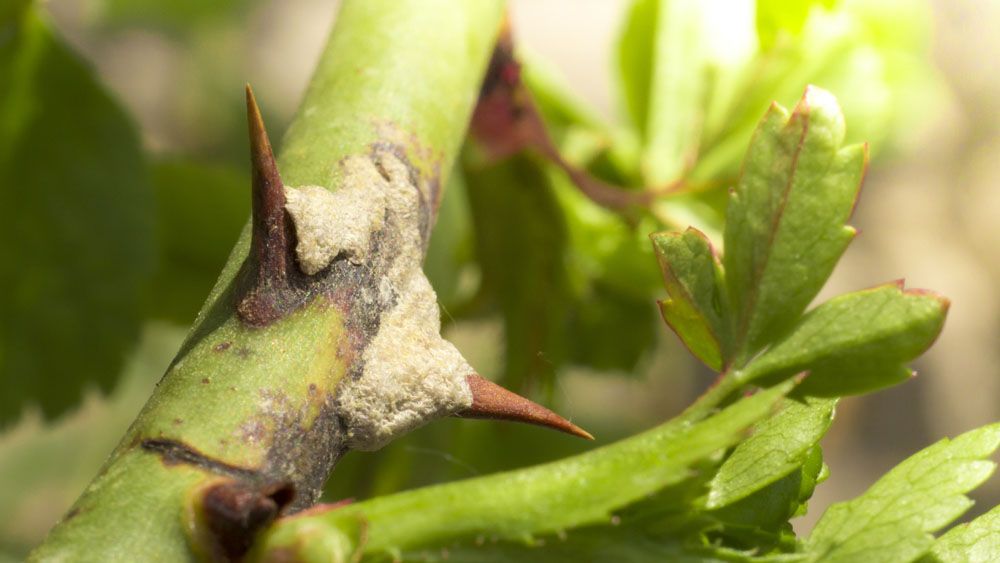
Powdery Mildew on Roses
Powdery Mildew of Roses
Meta Description: Powdery mildew can damage your rose plants severely. Follow this guide to know about powdery mildew, its symptoms, and how to get rid of powdery mildew.
Roses have the beauty that is admired by everyone. These not only add an adorable look to your garden and house but also fill your surrounding with their enchanting fragrance. But sometimes, a whitish coating appears on the leaves, stems, and buds. Being a gardener, you have also seen white coating growing on the rose plant and spreading very quickly. So what exactly is it? Is it some type of disease?
Yes exactly, this whitish coating is a disease named powdery mildew and caused by a fungus. It is one of the most common diseases of the roses that affects aerial parts of the plants. If you are also seeing powdery mildew growing on your rose plants, read out this article to know what is the cause of powdery mildew, what are its symptoms, and how to control or manage powdery mildew?
Cause of Powdery Mildew:
Powdery mildew is caused by a fungal pathogen named Podosphaera pannosa. It is a very common specie of powdery mildew family and spreads very quickly from one plant to another through spores. Wind and water help the spores to reach other plants and cause diseases. Just like other fungal diseases, high humidity and poor air circulation are favorable conditions for its growth. It starts its attack from leaves and spreads to stems and even to buds. Under unfavorable conditions, the fungus becomes dormant in buds and continues its growth when favorable conditions come.
The spores attack the new plant by penetrating into the cells and taking the nutrients and moisture from the plant, and ultimately the plant growth gets stunted.
Symptoms of Powdery Mildew:
As the name sounds, a white powdery coating covers the leaves at first and then spreads to other parts of the plant like stem and buds. It can affect any part of the plant but the young parts being more succulent and waterier are more vulnerable to the attack. The foliage gets curled and distorted as it covers the leaves, ultimately affecting the photosynthesis process of the plant, causing a reduction in plant growth. It may also cause discoloration in the leaves. More infected buds fail to open, and in severe cases, leaves fall off prematurely.
It doesn’t kill the plant but weakens the plant immunity so much that it becomes vulnerable to many other diseases.
Management of Powdery Mildew:
Choose a location for the plant where it can receive full sunlight and air circulation is good.
Keep an eye on the soil moisture conditions. Overwatering may favor the fungus to grow.
Apply water in the morning because the water will evaporate as the day passes.
Avoid dense planting of the plants because that can cause poor circulation of the air.
Prune out the affected branches and dispose of them off so that fungus wouldn’t spread to other parts or plants.
Spray fungicides on the plants and make sure to read all the instructions on the label before spraying.
The use of neem oil and other organic products based on potassium bicarbonate is very effective.
Fungicides containing tebuconazole, trifloxystrobin, and triticonazole are recommended for powdery mildew.
